How To Size Your Campervan Battery Capacity and Solar Array
One of the most critical decisions when outfitting a campervan is determining the right battery capacity and solar array size. These two components are the backbone of your campervan’s electrical system, ensuring you have enough power to keep your lights on, appliances running, and devices charged, whether you’re at a campsite without hook-up or completely off-grid. Getting the sizing wrong can leave you without power when you need it most, while oversizing can unnecessarily increase costs and weight. This guide will walk you through the process of determining the right battery capacity and solar array size for your campervan setup.
Understanding Your Power Needs
As boring as it sounds the first step in sizing your battery and solar array is understanding how much power you’ll need. This depends on the appliances and devices you plan to run in your campervan, as well as how frequently and for how long you’ll use them.
Step 1: List Your Electrical Devices
Make a list of all the electrical devices you plan to use in your campervan, including:
- Lights (LED lights consume less power than incandescent ones)
- Refrigerator
- Water pump
- Heater or fan
- Laptop or mobile phone chargers
- Microwave, air fryer, or induction hob (if applicable)
- Entertainment devices (TV, speakers, etc.)
Step 2: Calculate Power Consumption
For each device, find its power rating (usually listed in watts) and estimate how many hours per day you’ll use it. Use the formula:
Watt-hours (Wh) = Power (Watts) × Time (Hours)
For example:
- A 10W LED light running for 5 hours a day: 10W × 5h = 50Wh
- A 60W fridge running 12 hours a day (duty cycle): 60W × 12h = 720Wh
Add up the total watt-hours for all devices to calculate your daily power consumption. Let’s say the total comes to 1,500Wh per day.
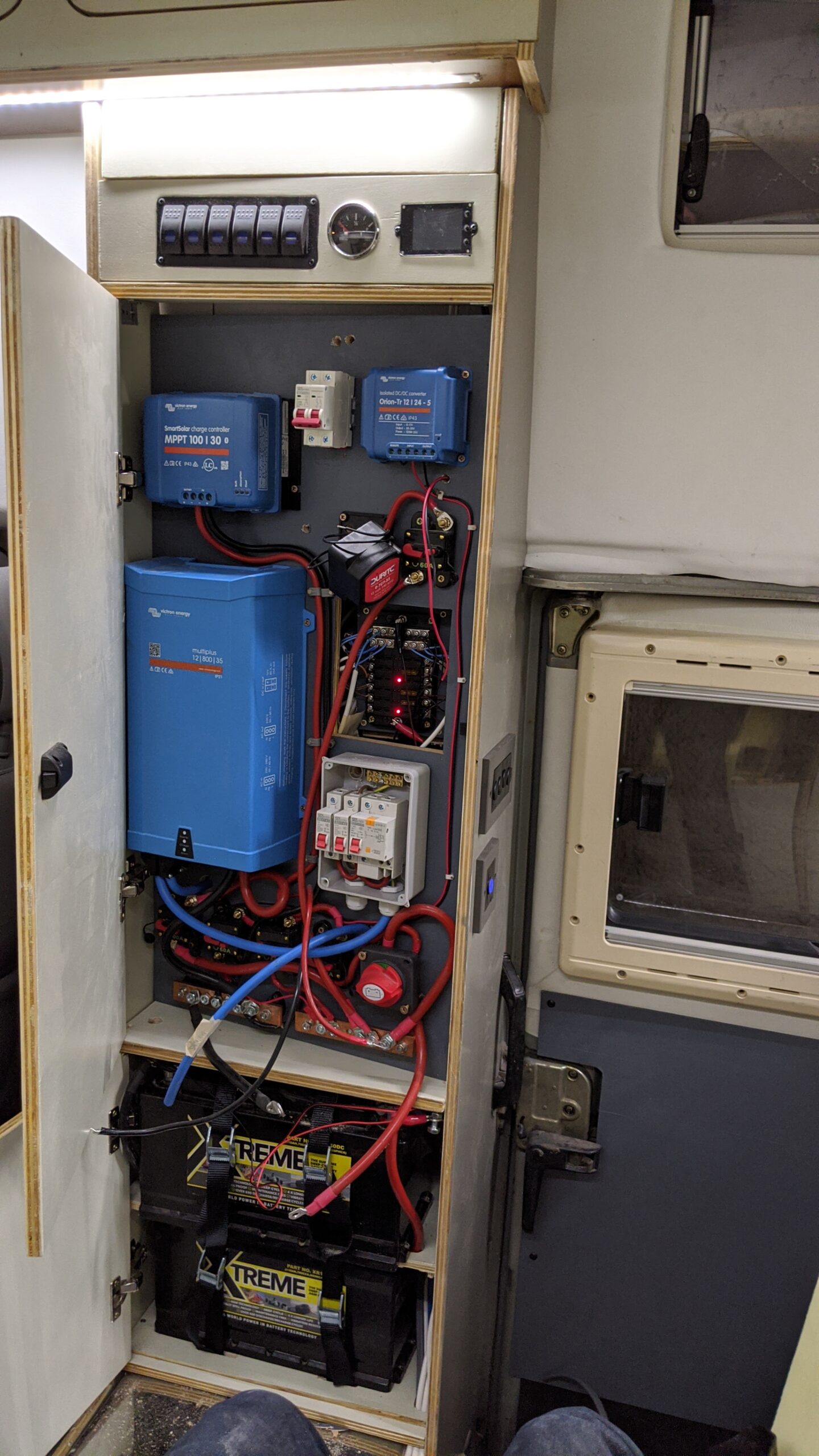
Sizing Your Campervan Battery
Once you know your daily power consumption, you can calculate the size of your battery system. Campervan batteries are typically measured in ampere-hours (Ah), so you’ll need to convert watt-hours to ampere-hours.
Step 1: Choose Your Battery Voltage
Most campervan batteries operate at 12V. If you’re using a 12V system, the formula is:
Ampere-hours (Ah) = Watt-hours (Wh) ÷ Voltage (V)
For a 1,500Wh daily requirement with a 12V system:
1,500Wh ÷ 12V = 125Ah
Step 2: Account for Depth of Discharge
Batteries have a recommended depth of discharge (DoD), which is the percentage of the battery capacity you can use without significantly reducing its lifespan:
- Lead-acid batteries: Typically have a 50% DoD. This means you need double the capacity to meet your daily needs.
- Lithium-ion batteries: Can safely discharge up to 80-90%, making them more efficient.
For lead-acid batteries: 125Ah ÷ 0.5 = 250Ah
For lithium-ion batteries: 125Ah ÷ 0.9 ≈ 139Ah
Step 3: Add a Buffer
To handle unexpected increases in power usage or cloudy days when solar input is limited, it’s wise to add a buffer of 20-30%. For example:
- Lead-acid: 250Ah × 1.3 = 325Ah
- Lithium-ion: 139Ah × 1.3 ≈ 180Ah
Choosing the Right Solar Array Size
Your solar array is responsible for recharging your batteries, so its size needs to match your power consumption and account for inefficiencies and weather conditions.
Step 1: Calculate Daily Solar Energy Needs
Your daily solar energy needs should equal or exceed your daily power consumption, with some margin for inefficiency. If your daily power consumption is 1,500Wh, aim for 1,800Wh to account for losses in the system.
Step 2: Assess Peak Sun Hours
Solar panels produce their maximum power only during “peak sun hours,” which vary by location and time of year. In the UK, peak sun hours average around 3-4 hours per day in summer and 1-2 hours in winter.
Step 3: Calculate Solar Panel Output
The output of your solar array depends on its size (in watts) and the number of peak sun hours. Use the formula:
Solar Output (Wh) = Solar Array Size (W) × Peak Sun Hours
To generate 1,800Wh in the UK during summer (4 peak sun hours): 1,800Wh ÷ 4h = 450W
During winter (2 peak sun hours), you would need: 1,800Wh ÷ 2h = 900W
Step 4: Select Panel Size
Based on the above calculations, you’ll need a solar array between 450W and 900W, depending on your location and seasonal usage. It’s usually better to size your system for winter if you plan to travel year-round, or use a hybrid system with alternator charging and shore power for added flexibility.

Other Factors to Consider
1. Battery Type
- Lead-acid batteries (AGM or gel): Cheaper upfront but heavier, larger, and less efficient.
- Lithium-ion batteries: Higher initial cost but lighter, more compact, and longer-lasting. Their higher efficiency (90% DoD) can significantly reduce the total battery capacity you need.
2. Solar Panel Type
- Monocrystalline panels: More efficient and compact but slightly more expensive.
- Polycrystalline panels: Less efficient and larger but more affordable.
- Flexible panels: Lightweight and easy to install on curved roofs, but less durable and efficient than rigid panels.
3. Charge Controller
A charge controller regulates the power coming from your solar panels to your batteries. Two types are commonly used:
- PWM (Pulse Width Modulation): Less expensive but less efficient.
- MPPT (Maximum Power Point Tracking): More efficient, especially in low-light conditions, making it a better choice for campervans.
4. Inverter Size
If you plan to run AC appliances (230V), you’ll need an inverter to convert 12V DC from your batteries to AC. The inverter size (in watts) should match the peak load of the devices you plan to use simultaneously. For example, if you plan to run a 1,000W microwave and a 300W TV, you’ll need at least a 1,300W inverter.
5. Backup Charging Options
While solar panels can handle most of your charging needs in sunny conditions, it’s wise to have backup options:
- Alternator charging: The alternator charges your batteries while you drive, providing reliable power on cloudy days.
- Shore power: Plugging into campsite power provides a dependable way to recharge your batteries when solar isn’t sufficient.
Example Scenarios
Scenario 1: Weekend Camper
- Daily power consumption: 800Wh
- Battery: 100Ah lithium-ion or 200Ah lead-acid
- Solar array: 200W (summer), 400W (winter)
Scenario 2: Full-Time Off-Grid Traveler
- Daily power consumption: 1,500Wh
- Battery: 180Ah lithium-ion or 325Ah lead-acid
- Solar array: 450W (summer), 900W (winter)
Scenario 3: Heavy Power User
- Daily power consumption: 2,500Wh
- Battery: 280Ah lithium-ion or 525Ah lead-acid
- Solar array: 700W (summer), 1,250W (winter)
Conclusion
Sizing your campervan’s battery capacity and solar array is all about balancing your power needs with the practical limitations of space, weight, and budget. Start by calculating your daily power consumption, then choose a battery and solar setup that can meet your needs while providing a buffer for inefficiencies and unexpected usage.
Opt for lithium-ion batteries if your budget allows, as they provide greater efficiency and longevity. When selecting solar panels, consider the peak sun hours in your travel locations and plan for the least sunny conditions you’re likely to encounter. Finally, always account for additional charging options like alternator charging or shore power for maximum flexibility.
With the right setup, your campervan will be ready to provide a reliable power supply for all your adventures, whether you’re exploring the countryside or going fully off-grid.
Next up:
Beginners Guide to Camper Electrics
A Guide to Electrical Cable Sizing

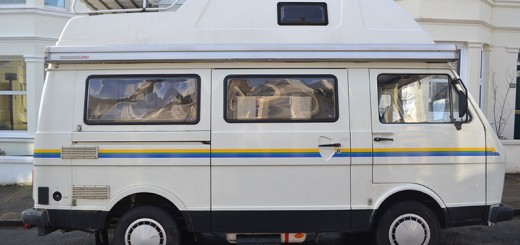
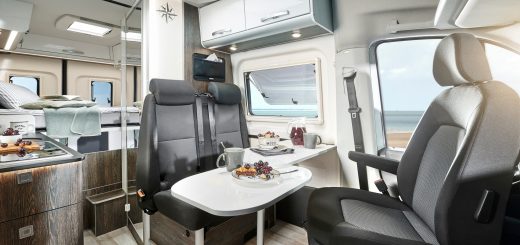


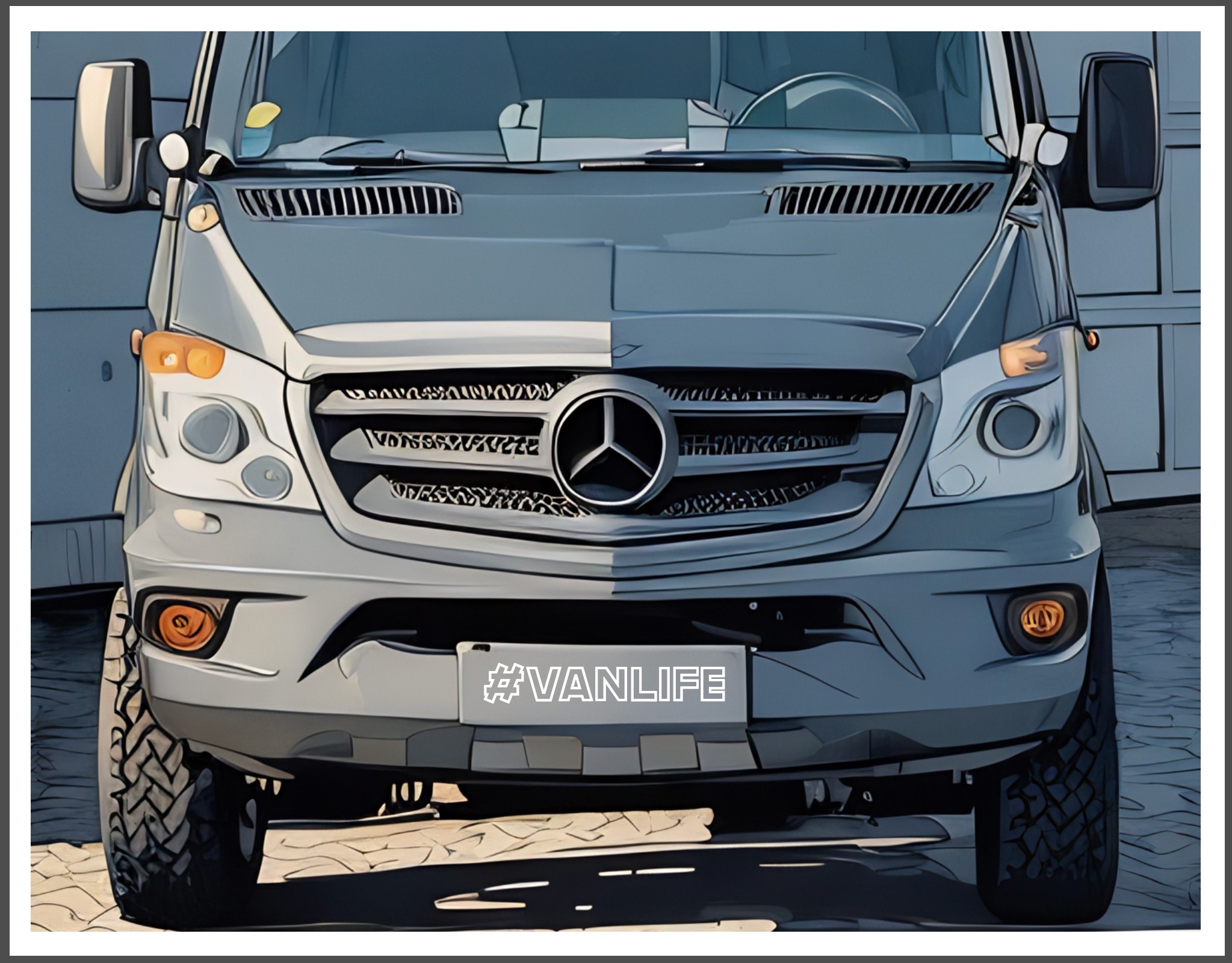





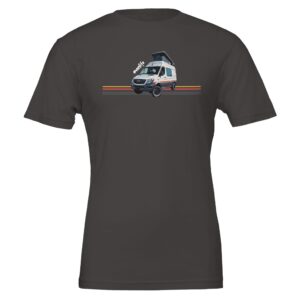



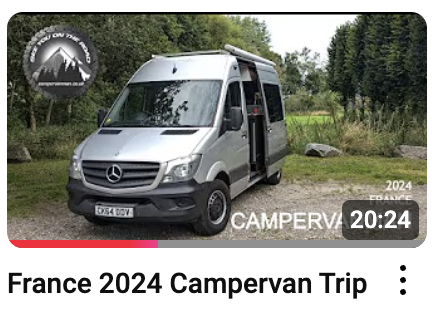

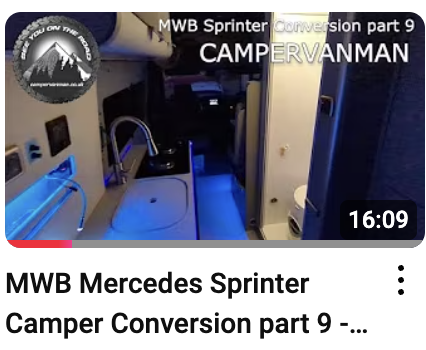





Recent Comments